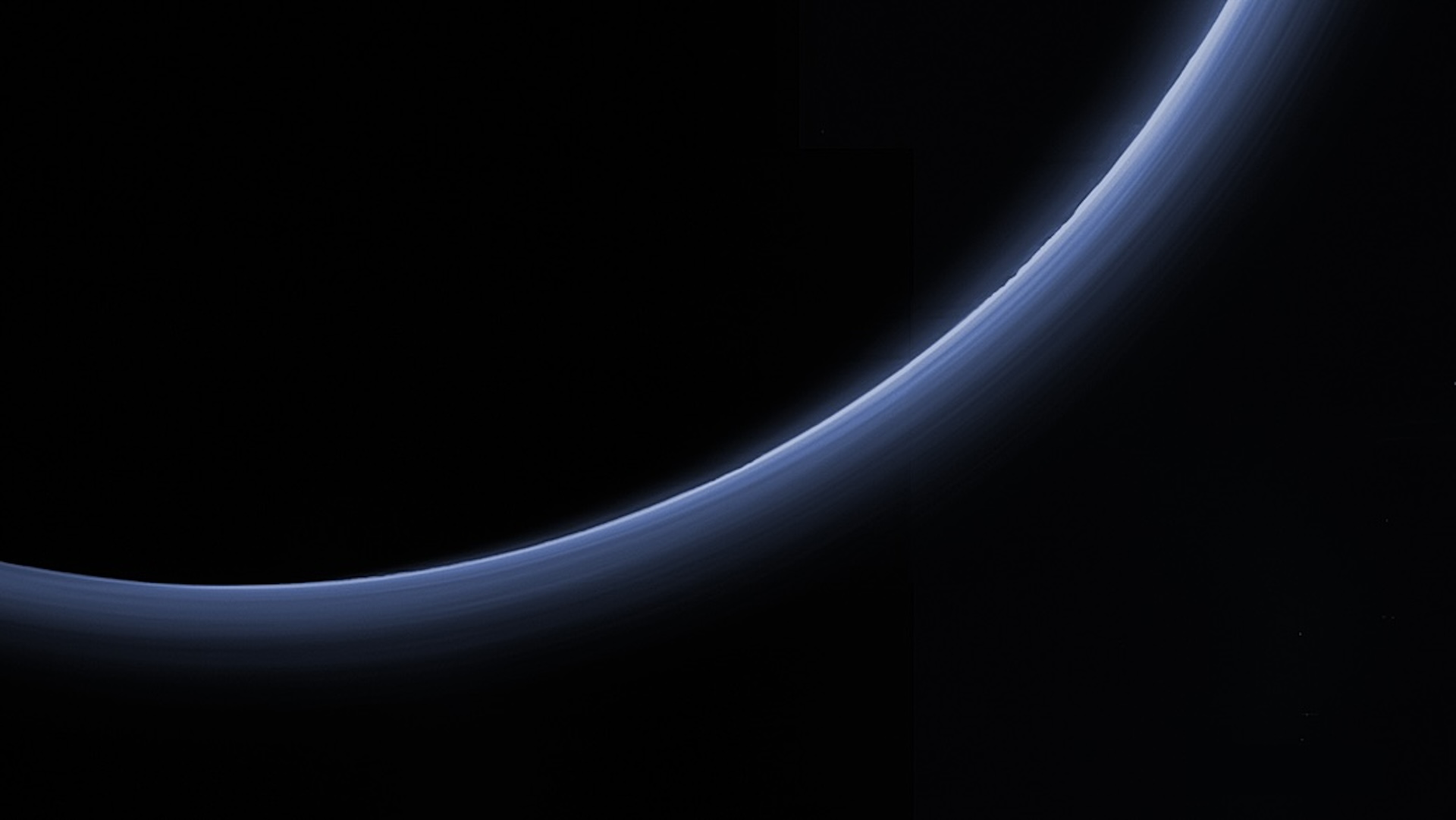Astronomers utilizing the James Webb Space Telescope (JWST) have once again highlighted Pluto’s capability to surprise as they explore the far reaches of our solar system. In 2015, NASA’s New Horizons spacecraft revealed that Pluto was far more than a frozen entity, showcasing icy plains and rugged mountains. Among the most astonishing discoveries was a bluish, multi-layered haze enveloping its atmosphere, extending over 185 miles (300 kilometers) above its surface—much more intricate than scientists anticipated.
Recent data from JWST indicates that Pluto’s haze is not merely a visual phenomenon but plays a crucial role in regulating the dwarf planet’s climate. “This is unique in the solar system,” said Tanguy Bertrand, an astronomer at the Paris Observatory who led the research. “It’s a new kind of climate, let’s say.”
The research, published on June 2 in Nature Astronomy, implies that other worlds shrouded in haze may experience similar atmospheric dynamics and may provide insights into Earth’s early climate.
The haze high above Pluto comprises complex organic molecules resulting from sunlight-driven reactions between methane and nitrogen. The notion that this haze could influence Pluto’s climate was first suggested in 2017, with computer models indicating that these particles absorb sunlight during the day and release it as infrared energy at night, thus cooling the atmosphere more effectively than gases alone. This could clarify why Pluto’s upper atmosphere is about -333 degrees Fahrenheit (-203 degrees Celsius), which is 30 degrees colder than initially expected.
Testing this hypothesis has proved challenging due to Pluto’s large moon, Charon, which orbits closely and complicates the interpretation of telescope data. “Basically, we couldn’t know what part of the signal is due to Charon and what part is due to Pluto’s haze,” Bertrand explained.
Researchers from the 2017 study predicted that Pluto’s haze would render it exceptionally bright in mid-infrared wavelengths—an assertion that required advanced instruments to test, which JWST provided in 2022 by successfully distinguishing the signals of both celestial bodies. The faint infrared glow of Pluto’s haze confirmed earlier predictions.
“In planetary science, it’s not common to have a hypothesis confirmed so quickly, within just a few years,” remarked Xi Zhang, a planetary scientist at the University of California, Santa Cruz, who also led the 2017 research. “So we feel pretty lucky and very excited.”
These discoveries may imply that similar haze-driven climates could exist on other hazy celestial bodies, such as Neptune’s moon Triton or Saturn’s moon Titan, according to Bertrand. The research team speculates that Earth, prior to the emergence of oxygen in its atmosphere, may have also experienced a comparable haze of organic particles, a potential factor in stabilizing temperatures and supporting early life.
“By studying Pluto’s haze and chemistry, we might get new insights into the conditions that made early Earth habitable,” Zhang concluded.

